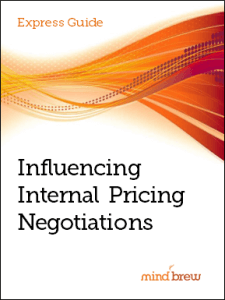In 1912, the Marconi radio was still a new enough invention that it fascinated the passengers on the Titanic. It allowed them to send a telegram from the ship to friends and family on shore or even on other ships that also had a Marconi on board. This sort of near-instantaneous communication would have been unimaginable just a few years before.
Sending a 10-word wireless telegram, also known as a Marconigram, cost 12 shillings and sixpence, the equivalent of $60 today. Extra words were 9 pence each. For the first-class passengers, that was affordable enough that they sent a staggering number of fairly meaningless messages like these:
Hello Boy. Dining with you tonight in spirit, heart with you always. Best love, Girl
No sickness. All well. Notify all interested in poker.
Fine voyage, fine ship.
No doubt the senders and recipients of these messages received a lot of pleasure from the novelty of being able to communicate at sea. But the system that enabled the communication had a dark side.
You see, the Marconi service didn’t reserve any bands for emergency or essential communications. It was a little like talking to the world on a CB radio—everyone could hear everything. Making matters worse, each ship typically had only one or at the most two radio operators. And if all the first-class passengers on all the ships were sending frivolous messages at once, that didn’t leave any bandwidth for the important stuff.
In fact, on the night of April 14-15, 1912, several ships in the Atlantic broadcast warnings about the icebergs in the area.
But the Titanic either missed or ignored them.
How better pricing could have helped
With demand so high, the Marconi service clearly had the ability to raise its prices. Doing so probably would have made more for the Marconi Wireless Telegraph Company, while also opening up more opportunities for other communication.
The company left money on the table. It also missed vital signals that could have protected the lives of everyone aboard the gigantic ship.
While we’ll never know what would have happened had Marconi doubled their prices, it seems clear that significant opportunities were lost.
A B2B pricing lesson for modern times
So what can today’s B2B pricing teams do to avoid a similar fate? We have two suggestions:
- Price responsibly: When demand begins to outstrip supply, don’t be afraid to raise prices. Customers are often willing to pay higher prices than providers believe, especially for services they deem essential. In an ideal economy, prices rise until supply and demand reach an equilibrium. If that idea makes you nervous, check out Survival Strategies for Raising Prices.
- Prioritize the Important Messages: The Titanic’s Marconi operators missed vital messages because they spent so much time handling other communications. In the same way, pricing teams can overlook meaningful market signals if they focus too much on day-to-day operations. To learn how to avoid this common misstep, listen to The Fundamentals of Pricing Intelligence.
Don’t get us wrong—the story of the Marconi on board the Titanic isn’t all bad. In fact, after the ship hit the iceberg, the radio allowed the operators to send out distress calls, enabling help to arrive within a few hours. The service saved a lot of lives.
But we can’t help but wonder how many more lives it could have saved had the business leaders operators exercised better judgment.
Hopefully, their negative example can help us do a better job optimizing our own pricing strategies.















